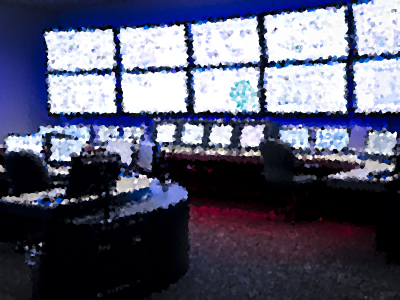
White Paper: Remote operation options in six examples
Mike Edwards
Features editor pick process manufacturing white paper Yokogawa A plant’s control room used to be an isolated island. Now an entire operation can be monitored and controlled from anywhere using technology tailored to match exactly what the company needs.
A plant’s control room used to be an isolated island. Now an entire operation can be monitored and controlled from anywhere using technology tailored to match exactly what the company needs. For the last few decades, process manufacturers have been dealing with the effects of workforce changes, and there are few signs of relief in the foreseeable future. All that to say, companies have no choice but to find ways to operate with fewer people.
Automation has been providing the means to do that for decades, and the need for using effective automation today is as great as ever.
The solution is applying digital tools to provide a remote office, such that locational remoteness ceases to be an issue because fewer people must be at the actual site. Of course, remoteness doesn’t just imply a great geographical distance.
Technicians leaving the control room are remote the moment they step out the door if they do not have a means to carry some sort of human interface station (HIS) with them, with the ability to respond to alerts and events.
Effective communication using digital tools allows engineers and technicians to work from a central location so they can watch and control operations — and troubleshoot to solve problems — typically without having to visit any actual production sites. Such technicians can assist anywhere without the delays and costs related to flying and driving. Moreover, since talent is concentrated in one area at a centralized engineering office, colleagues are available for consultation.
At the same time, there are many benefits to implementing such digital tools that go far beyond personnel issues, as the following use cases will elaborate.
So how is it possible to create such an interconnected environment?
For the rest of this white paper, Yokogawa looks at six use cases that illustrate different ways to handle remote access implementations in a variety of contexts. The first use case establishes a benchmark of the most widely encompassing concept, so some of those that follow are variations on its basic capabilities.
Many differences are subtle, but over the years and through thousands of projects, Yokogawa has demonstrated the ability to tailor solutions to work optimally in these different situations critical to its clients’ success.
Print this page